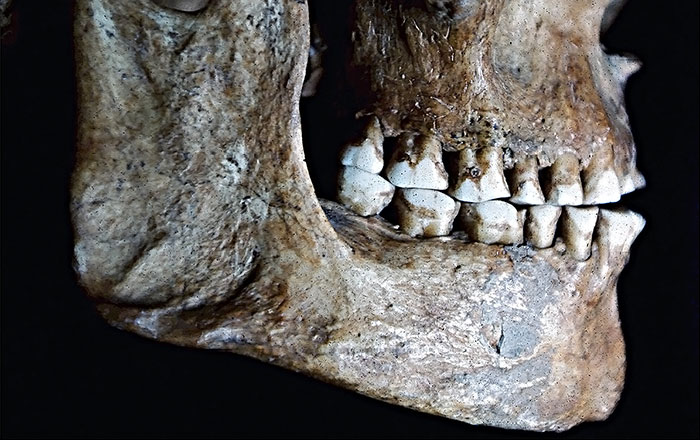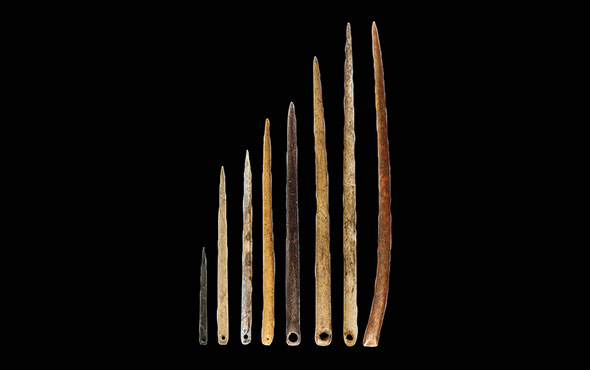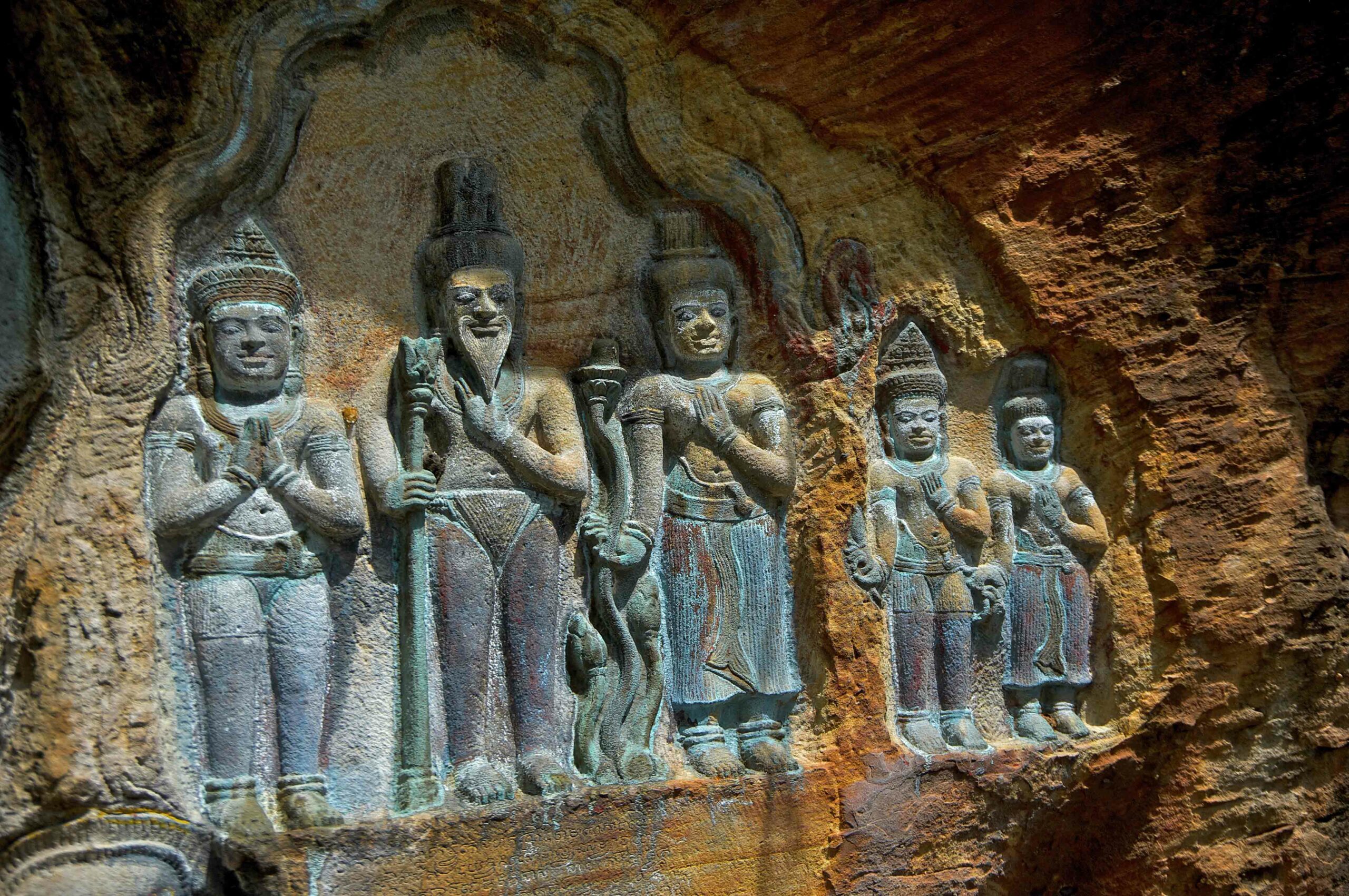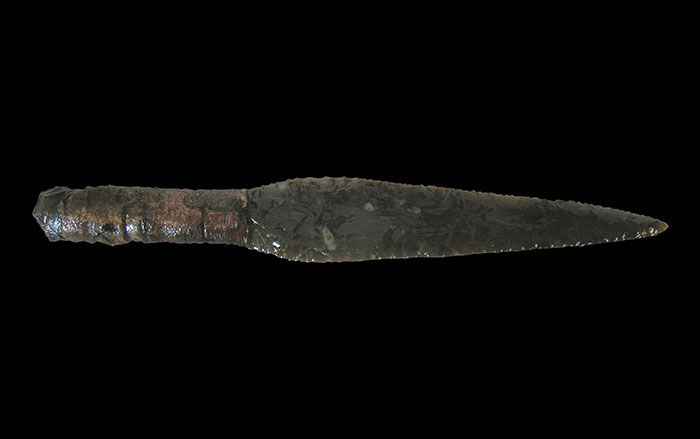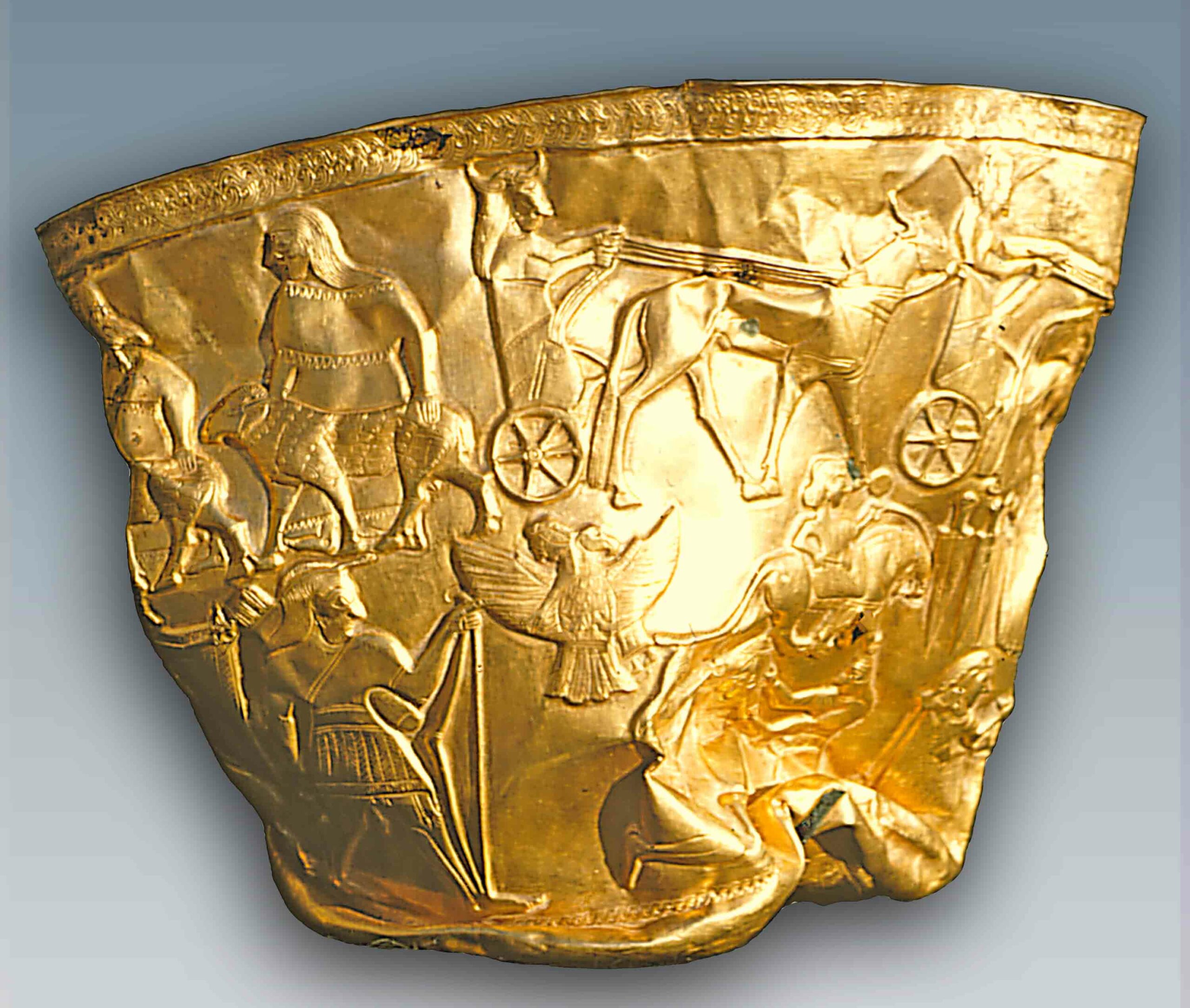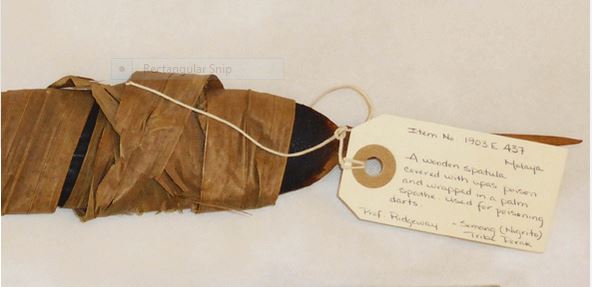
CAMBRIDGE, ENGLAND—A new technique, developed by Valentina Borgia of the McDonald Institute for Archaeological Research and forensic chemist Michelle Carlin of Northumbria University, can identify residues of poisons on archaeological artifacts. Borgia thinks that hunters used poisons as early as 30,000 years ago, and is looking for traces of them on samples from museum collections. Initial tests of 6,000-year-old Egyptian arrows suggest that the black residue on their tips is from a poisonous plant in the project’s database. “It made good sense for people to use poisons. On their own, Paleolithic weapons with stone arrowheads may not have been deadly enough to immobilize or kill a large animal such as a red deer. Poisons plants were plentiful and the prehistoric population knew the environment where they lived, they knew the edible plants and their potential as medicines and poisons. To fabricate a poison is easy and economic, and the risk is minimal. In addition, the making of poisons is often part of the tradition and the rituality of hunting,” Borgia said in a press release. For more, see "The First Use of Poison."


